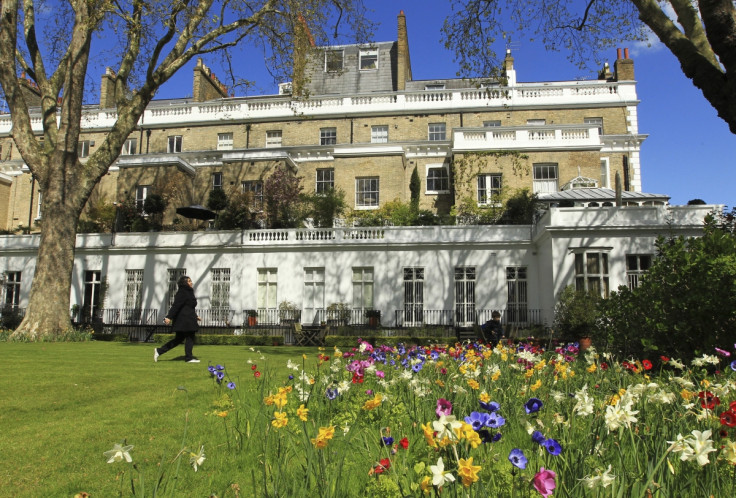House prices in London will come to a standstill in 2016, says Capital Economics

House prices in London will come to a "standstill" as affordability is stretched to its limits and investor demand is weakened by the political uncertainty surrounding the European Union (EU) referendum, as well as the Treasury's tax hikes on buy-to-let and high-value property predicts Capital Economics.
The research consultancy forecast house price growth in London will average at 0% for the year in its UK Housing Market Analyst report for the second quarter of 2016. Prices will rise again in 2017, by 1%, and 2018, by 2%. It also predicts the Bank of England base rate will rise from 0.5% to 0.75% in 2016, and again to 1.25% in 2017 and 2.25 in 2018.
According to the Office for National Statistics (ONS), the average house price in London hit £524,000 in February 2016, an annual rise of 9.7%. For England, the average price rose 8.2% to £298,000. Pay growth, by contrast, is running at around 2%.
There was a balance of minus 56% in March when comparing new buyer enquiries against new seller enquiries at estate agents, said Capital Economics, citing data from the Royal Institute of Chartered Surveyors (Rics). Unsold stock per surveyor is also up by around 17%, while sales are down from a high of 18 properties per month in mid-2014 to 10. Surveyors are also markedly less confident about the future of the market, with surveys showing levels of optimism at lows not seen since the financial crash.
And Chancellor George Osborne increased stamp duty on purchases of additional properties and the most expensive homes, as well as introduced higher annual levies on housing owned by offshore entities, such as investment trusts and shell companies.
"Pulling all that together, we expect annual house price growth to come to a standstill by the end of 2016," said Capital Economics, which predicts a real-terms correction in London prices, as pay grows more quickly over the coming years.
"This will allow the house price to earnings ratio to recover a little, falling from 13.1 today, to 12.6 by the end of this year, and to 12.0 at the end of 2018. But if our interest rate forecasts are right, that will not prevent a notable deterioration in affordability in the final stages of the forecast.
"At the very least, that should test the effectiveness of the new mortgage interest rate stress test regime. But [it] is also a reminder that the risk of a much sharper adjustment in London house prices may linger for some time."
To curb risky mortgage lending, particularly in London, the Bank of England capped loan values. Only 15% of new mortgage lending can include loans worth 4.5 times or more the applicant's income. It followed stricter affordability tests imposed on lenders by mortgage market regulators so borrowers are better tested on their ability to keep up with repayments.
© Copyright IBTimes 2025. All rights reserved.






















